Yanming Zhu
Intention Knowledge Graph Construction for User Intention Relation Modeling
Dec 16, 2024Abstract:Understanding user intentions is challenging for online platforms. Recent work on intention knowledge graphs addresses this but often lacks focus on connecting intentions, which is crucial for modeling user behavior and predicting future actions. This paper introduces a framework to automatically generate an intention knowledge graph, capturing connections between user intentions. Using the Amazon m2 dataset, we construct an intention graph with 351 million edges, demonstrating high plausibility and acceptance. Our model effectively predicts new session intentions and enhances product recommendations, outperforming previous state-of-the-art methods and showcasing the approach's practical utility.
Privacy-Preserving in Medical Image Analysis: A Review of Methods and Applications
Dec 05, 2024
Abstract:With the rapid advancement of artificial intelligence and deep learning, medical image analysis has become a critical tool in modern healthcare, significantly improving diagnostic accuracy and efficiency. However, AI-based methods also raise serious privacy concerns, as medical images often contain highly sensitive patient information. This review offers a comprehensive overview of privacy-preserving techniques in medical image analysis, including encryption, differential privacy, homomorphic encryption, federated learning, and generative adversarial networks. We explore the application of these techniques across various medical image analysis tasks, such as diagnosis, pathology, and telemedicine. Notably, we organizes the review based on specific challenges and their corresponding solutions in different medical image analysis applications, so that technical applications are directly aligned with practical issues, addressing gaps in the current research landscape. Additionally, we discuss emerging trends, such as zero-knowledge proofs and secure multi-party computation, offering insights for future research. This review serves as a valuable resource for researchers and practitioners and can help advance privacy-preserving in medical image analysis.
PowerFDNet: Deep Learning-Based Stealthy False Data Injection Attack Detection for AC-model Transmission Systems
Jul 15, 2022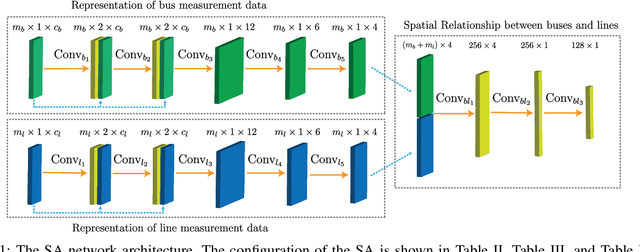

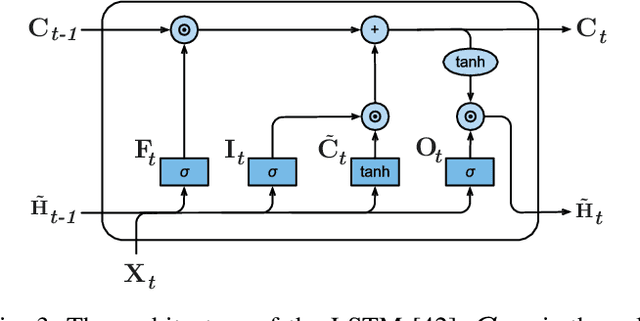

Abstract:Recent studies have demonstrated that smart grids are vulnerable to stealthy false data injection attacks (SFDIAs), as SFDIAs can bypass residual-based bad data detection mechanisms. The SFDIA detection has become one of the focuses of smart grid research. Methods based on deep learning technology have shown promising accuracy in the detection of SFDIAs. However, most existing methods rely on the temporal structure of a sequence of measurements but do not take account of the spatial structure between buses and transmission lines. To address this issue, we propose a spatiotemporal deep network, PowerFDNet, for the SFDIA detection in AC-model power grids. The PowerFDNet consists of two sub-architectures: spatial architecture (SA) and temporal architecture (TA). The SA is aimed at extracting representations of bus/line measurements and modeling the spatial structure based on their representations. The TA is aimed at modeling the temporal structure of a sequence of measurements. Therefore, the proposed PowerFDNet can effectively model the spatiotemporal structure of measurements. Case studies on the detection of SFDIAs on the benchmark smart grids show that the PowerFDNet achieved significant improvement compared with the state-of-the-art SFDIA detection methods. In addition, an IoT-oriented lightweight prototype of size 52 MB is implemented and tested for mobile devices, which demonstrates the potential applications on mobile devices. The trained model will be available at \textit{https://github.com/FrankYinXF/PowerFDNet}.
Pair-Relationship Modeling for Latent Fingerprint Recognition
Jul 02, 2022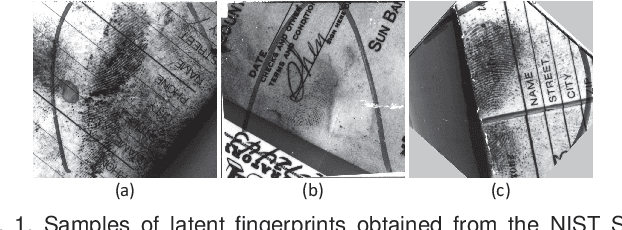
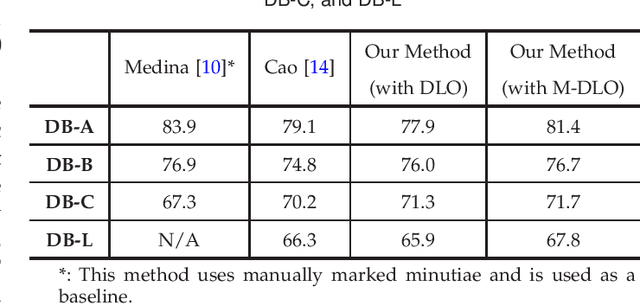
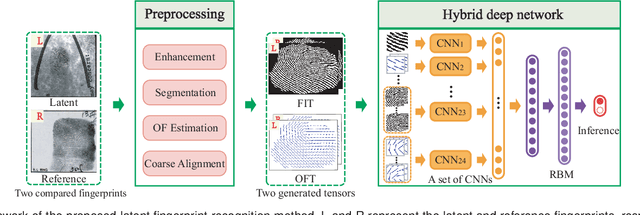
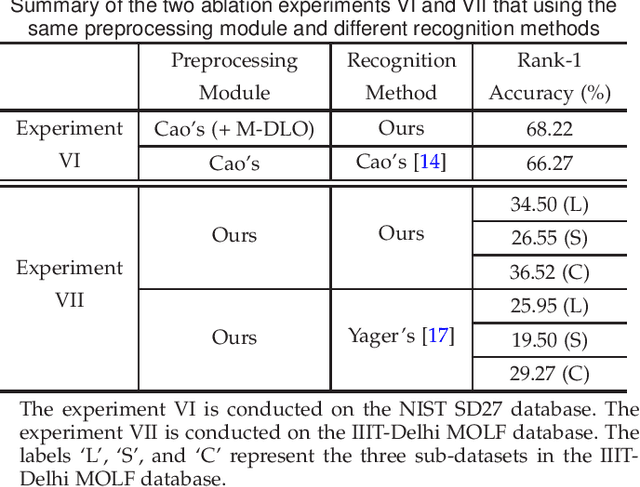
Abstract:Latent fingerprints are important for identifying criminal suspects. However, recognizing a latent fingerprint in a collection of reference fingerprints remains a challenge. Most, if not all, of existing methods would extract representation features of each fingerprint independently and then compare the similarity of these representation features for recognition in a different process. Without the supervision of similarity for the feature extraction process, the extracted representation features are hard to optimally reflect the similarity of the two compared fingerprints which is the base for matching decision making. In this paper, we propose a new scheme that can model the pair-relationship of two fingerprints directly as the similarity feature for recognition. The pair-relationship is modeled by a hybrid deep network which can handle the difficulties of random sizes and corrupted areas of latent fingerprints. Experimental results on two databases show that the proposed method outperforms the state of the art.
FingerGAN: A Constrained Fingerprint Generation Scheme for Latent Fingerprint Enhancement
Jun 26, 2022

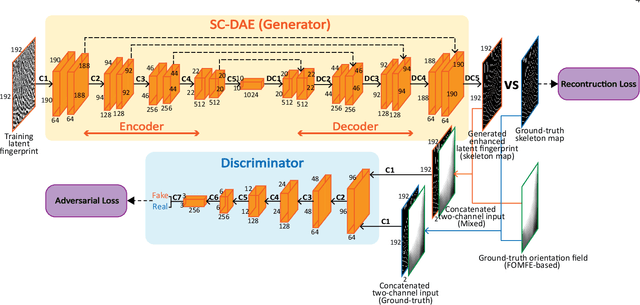

Abstract:Latent fingerprint enhancement is an essential pre-processing step for latent fingerprint identification. Most latent fingerprint enhancement methods try to restore corrupted gray ridges/valleys. In this paper, we propose a new method that formulates the latent fingerprint enhancement as a constrained fingerprint generation problem within a generative adversarial network (GAN) framework. We name the proposed network as FingerGAN. It can enforce its generated fingerprint (i.e, enhanced latent fingerprint) indistinguishable from the corresponding ground-truth instance in terms of the fingerprint skeleton map weighted by minutia locations and the orientation field regularized by the FOMFE model. Because minutia is the primary feature for fingerprint recognition and minutia can be retrieved directly from the fingerprint skeleton map, we offer a holistic framework which can perform latent fingerprint enhancement in the context of directly optimizing minutia information. This will help improve latent fingerprint identification performance significantly. Experimental results on two public latent fingerprint databases demonstrate that our method outperforms the state of the arts significantly. The codes will be available for non-commercial purposes from \url{https://github.com/HubYZ/LatentEnhancement}.
 Add to Chrome
Add to Chrome Add to Firefox
Add to Firefox Add to Edge
Add to Edge